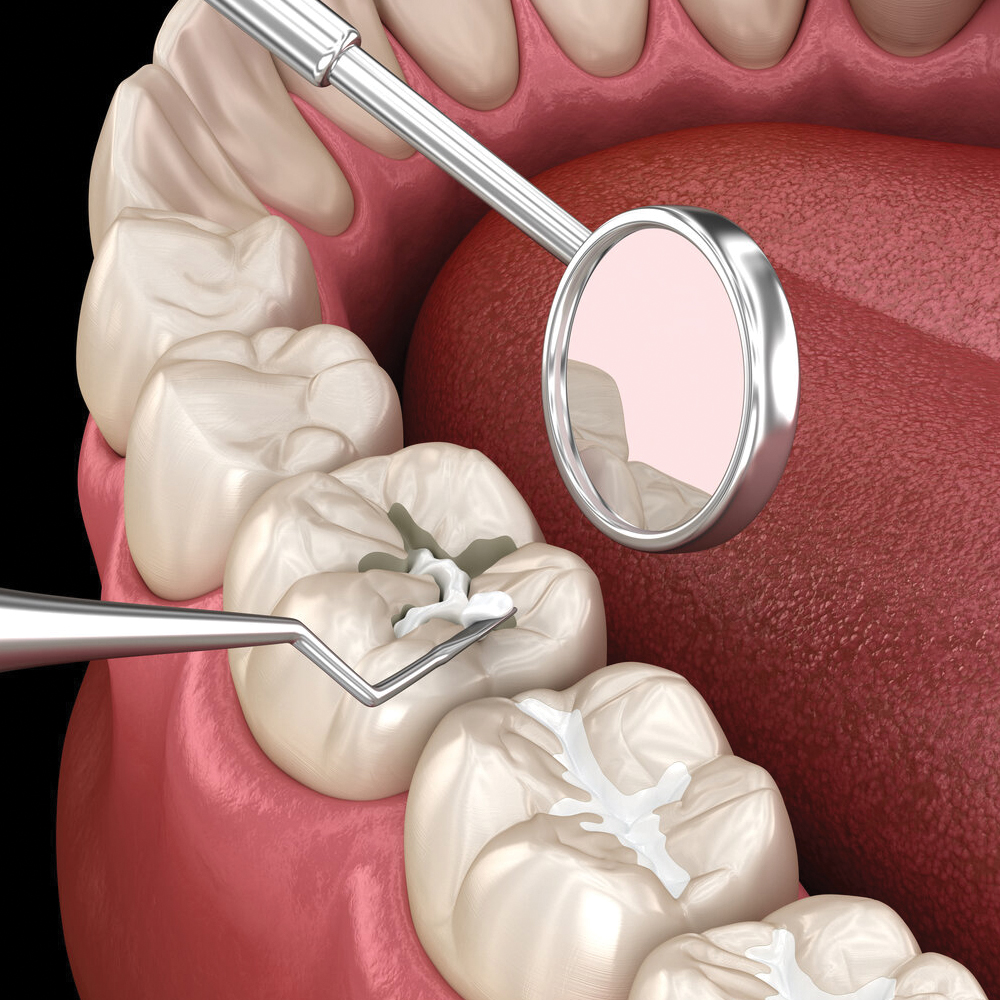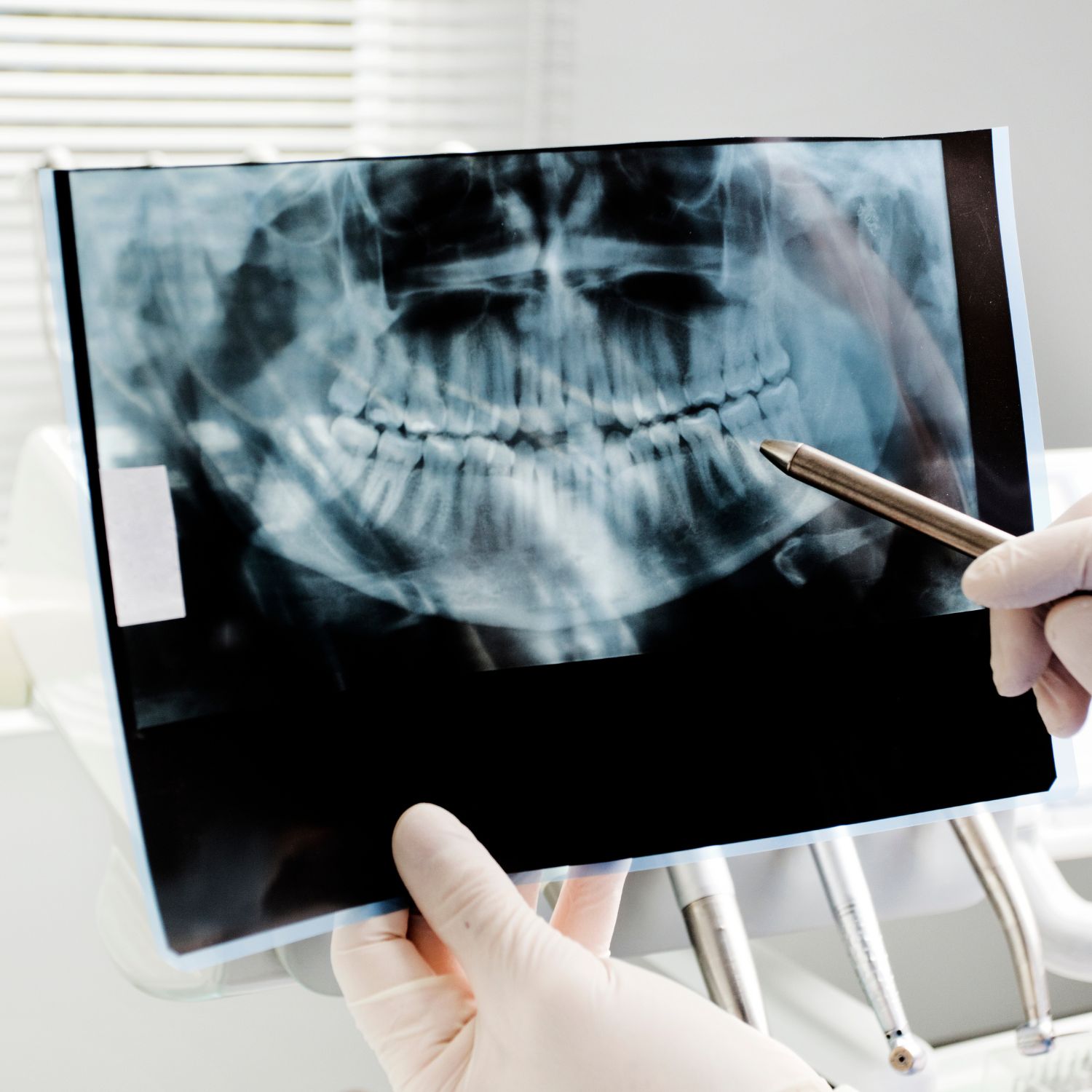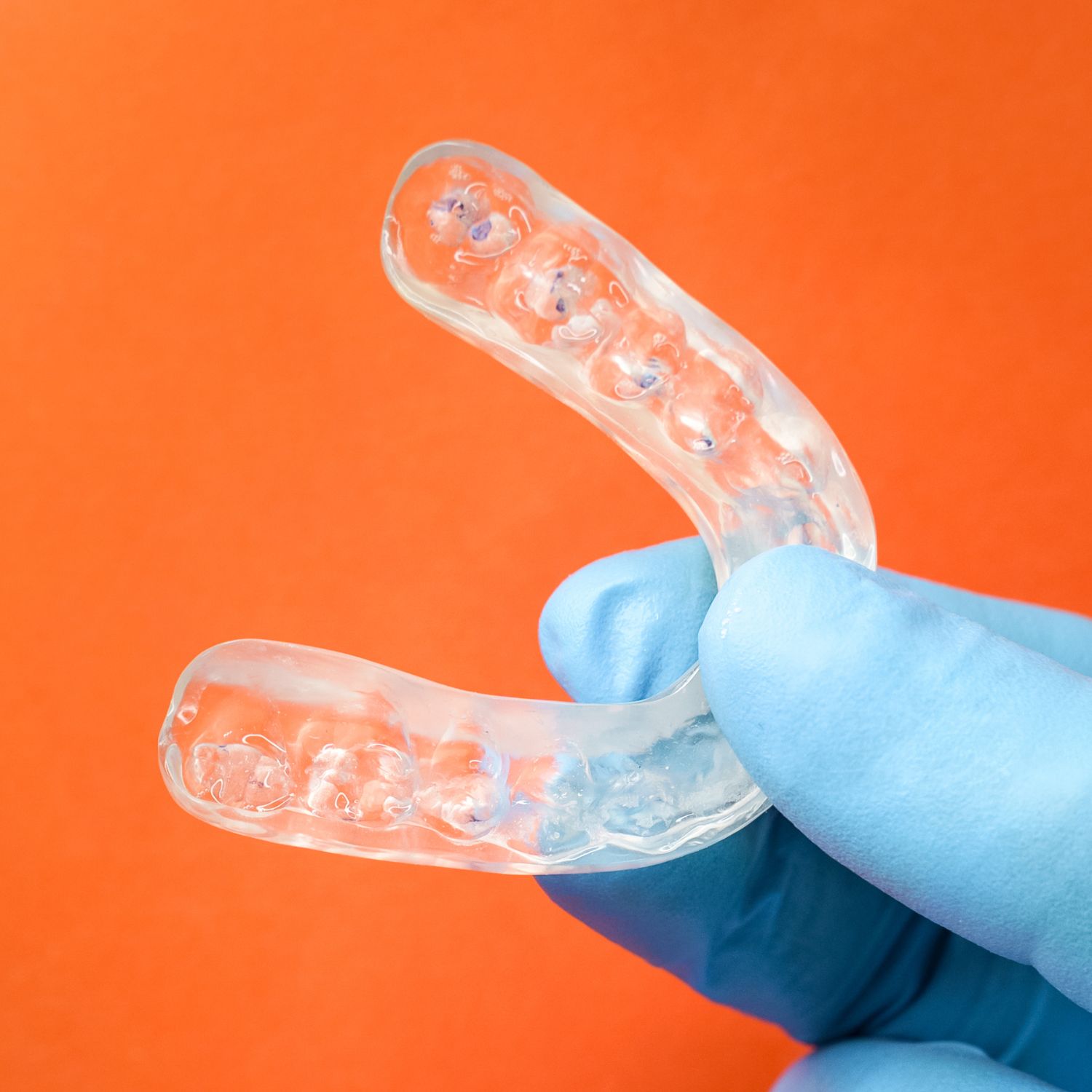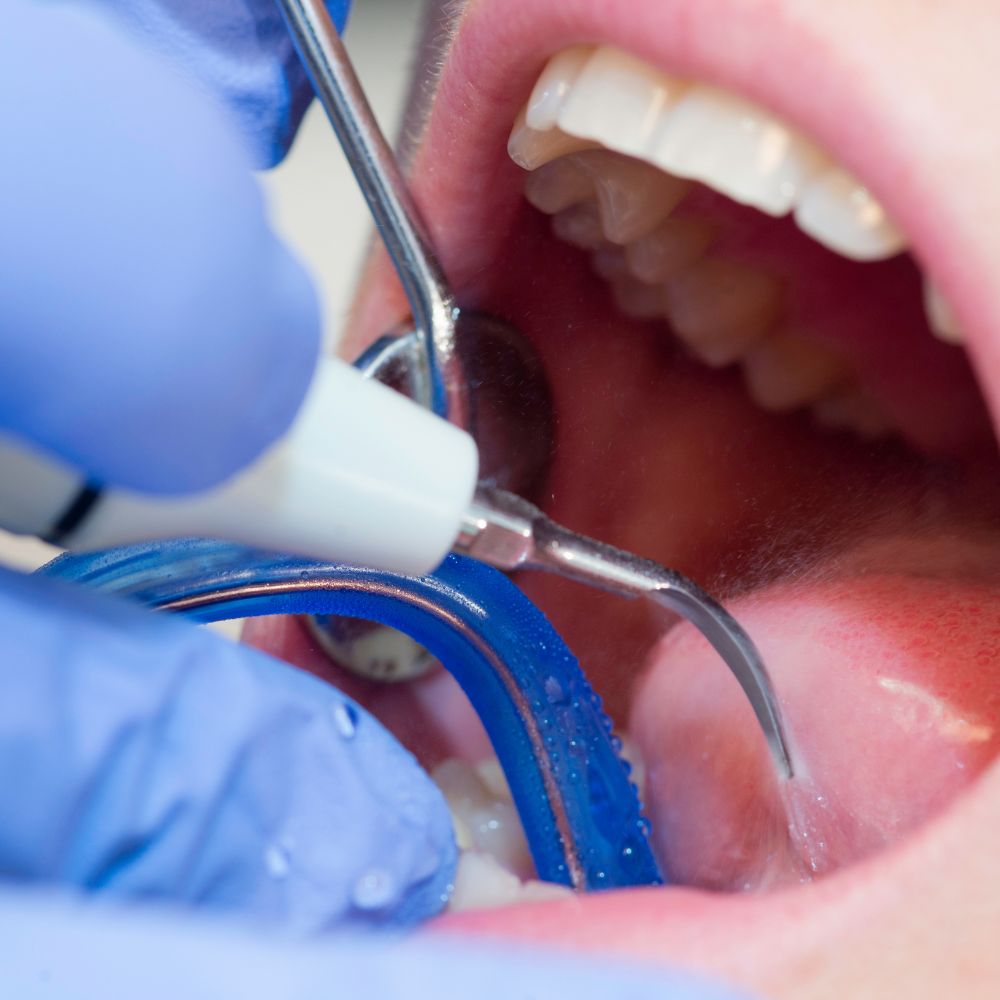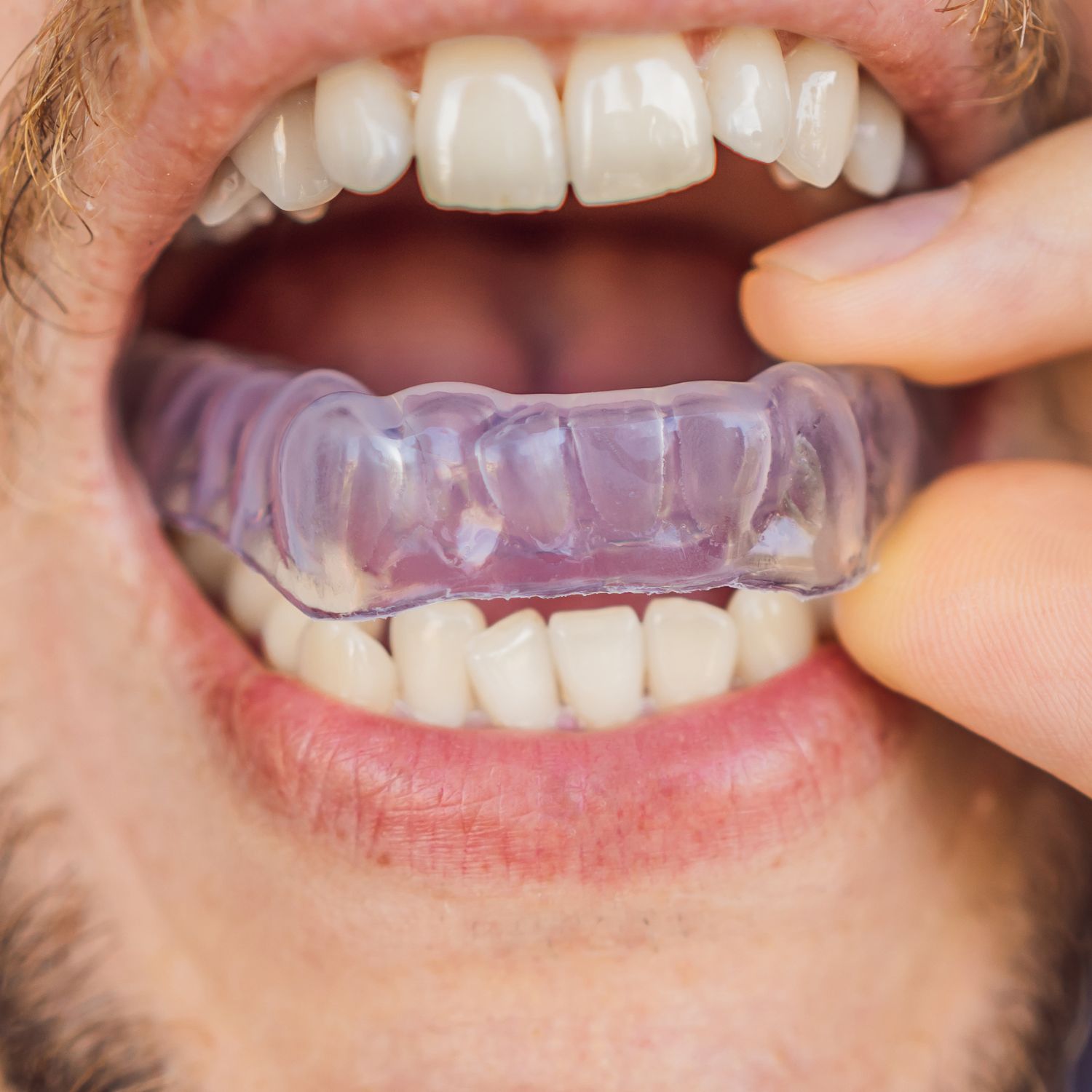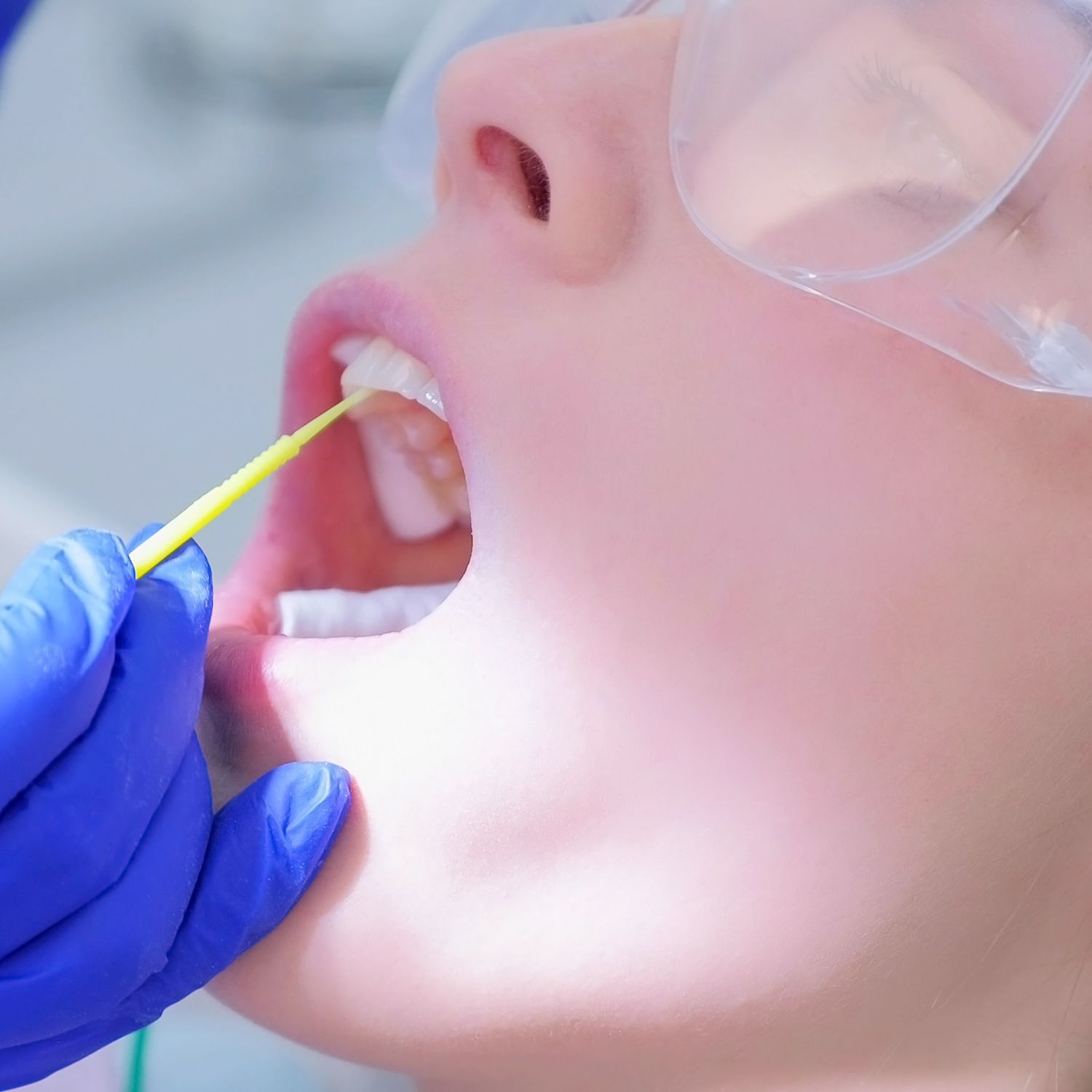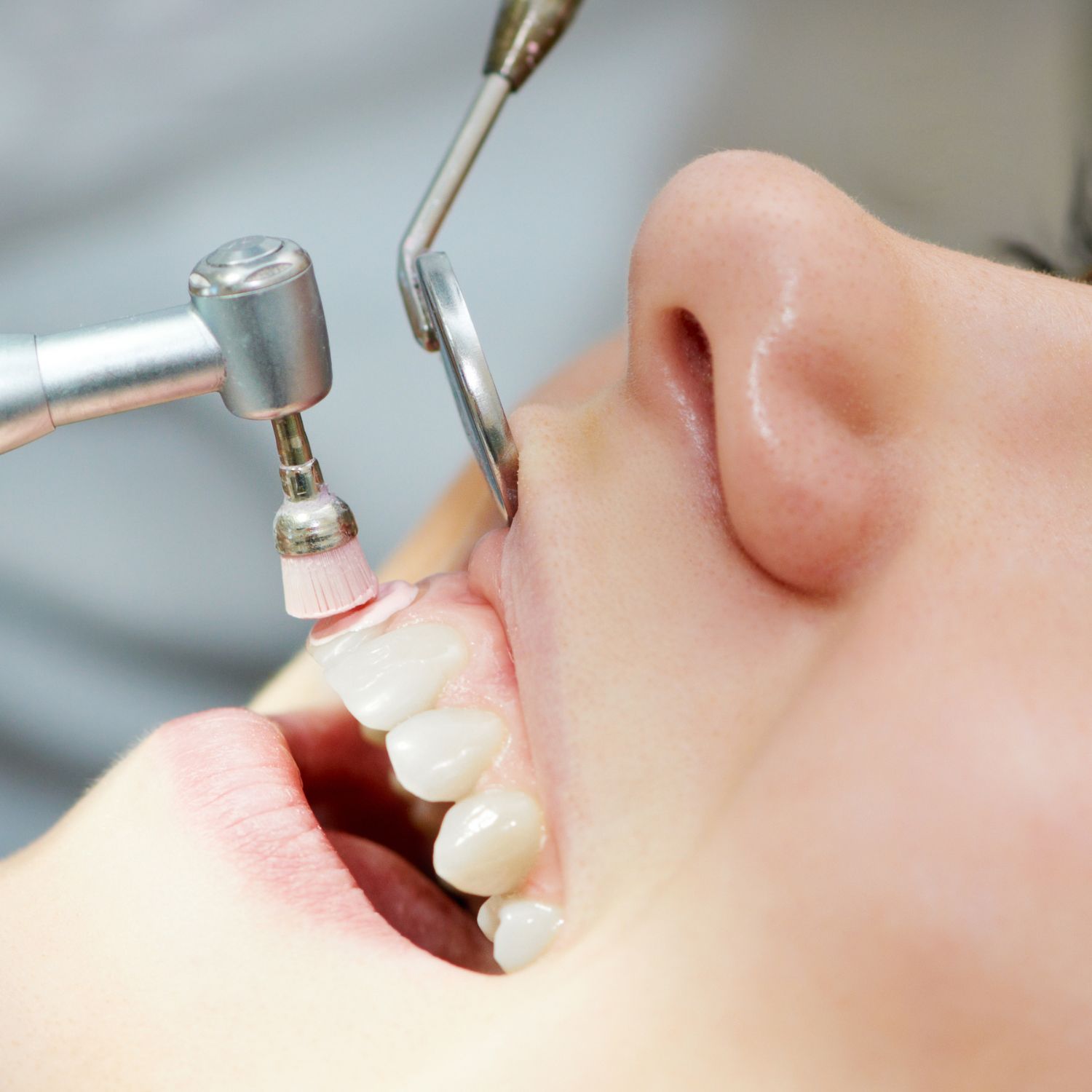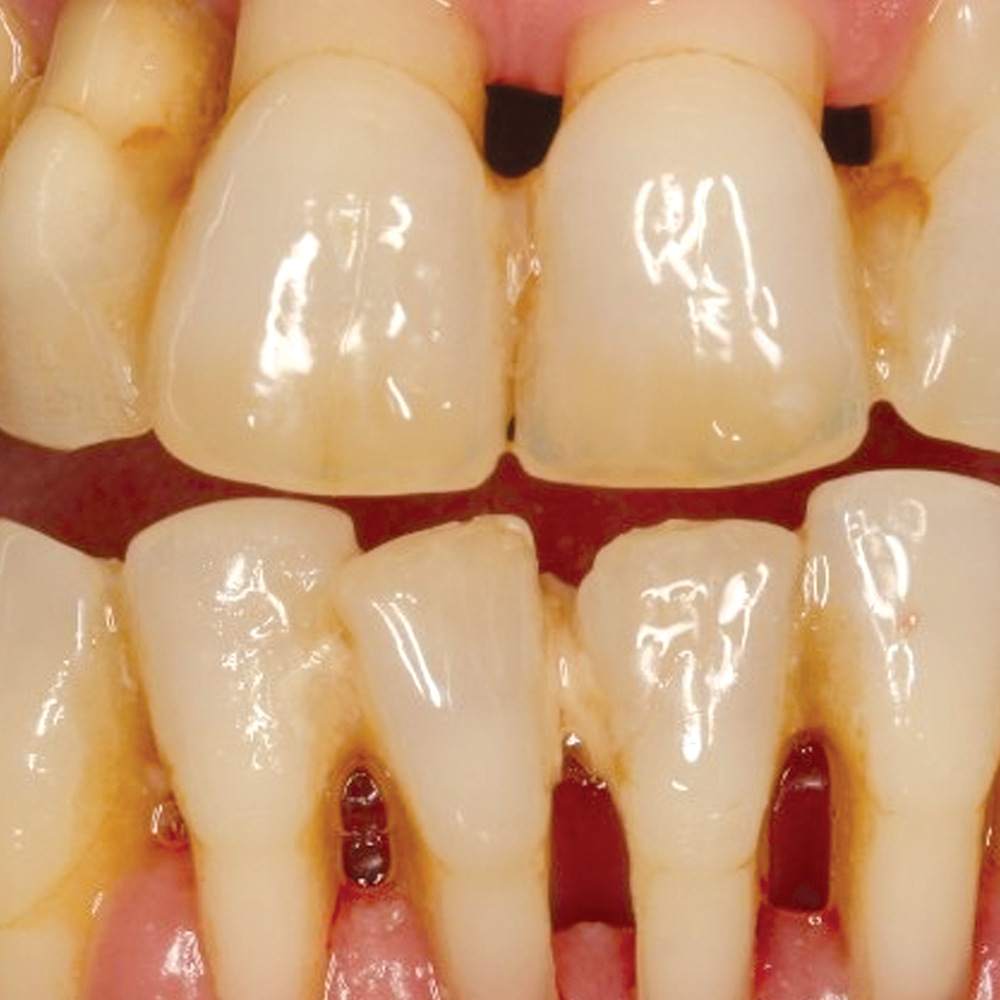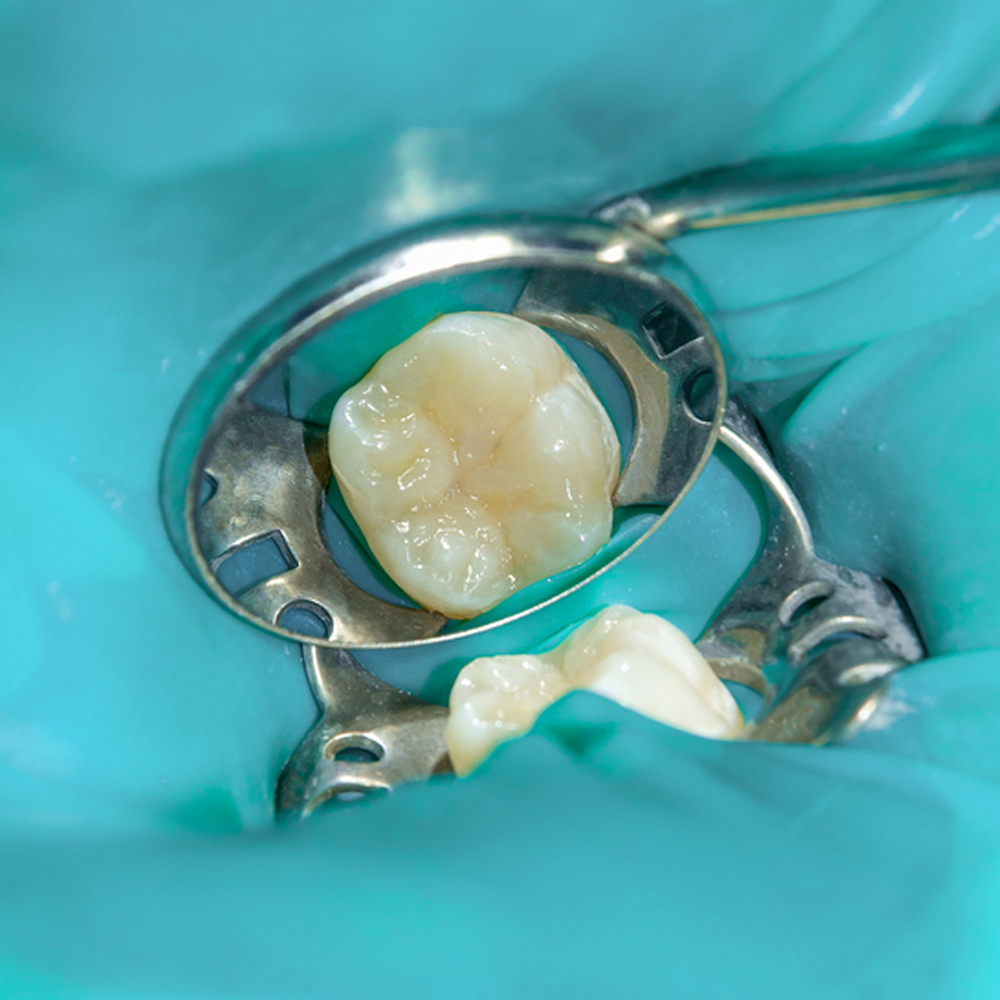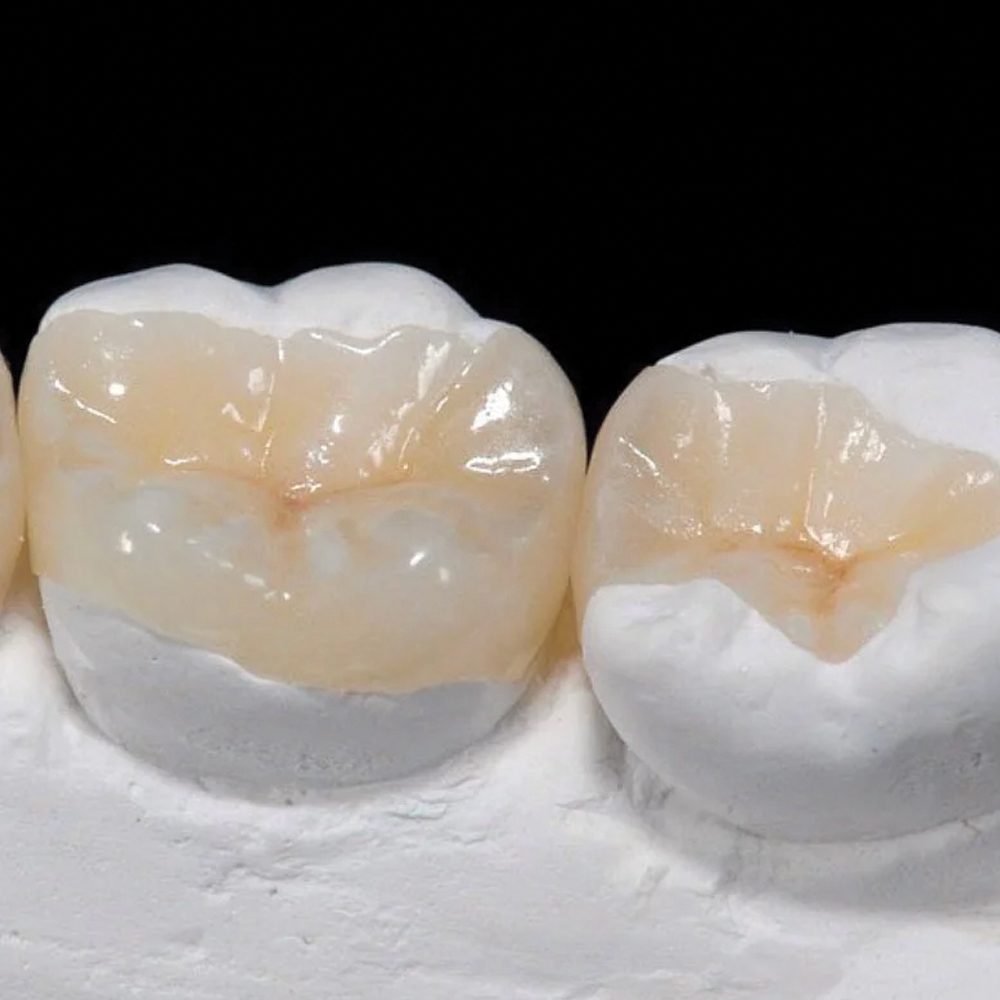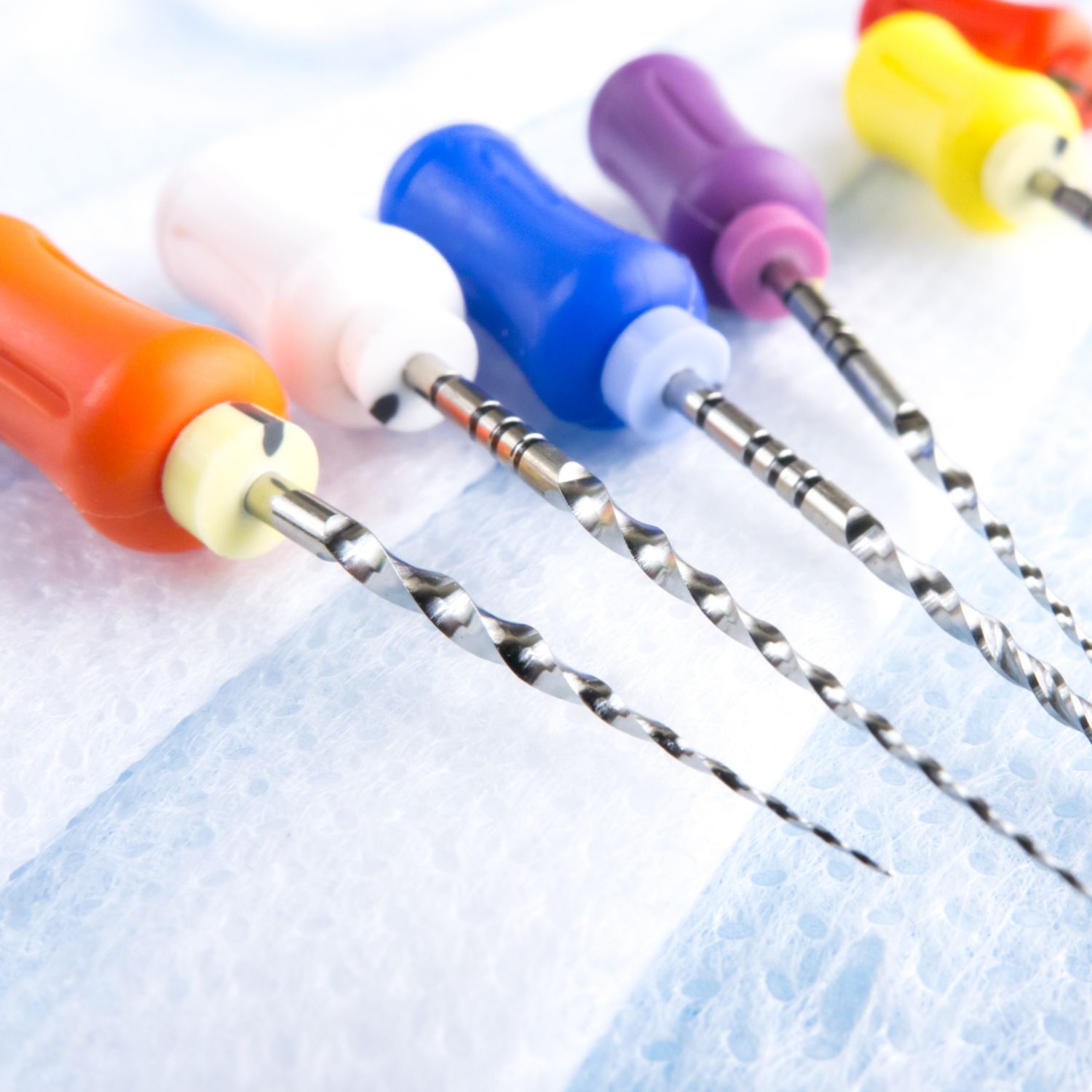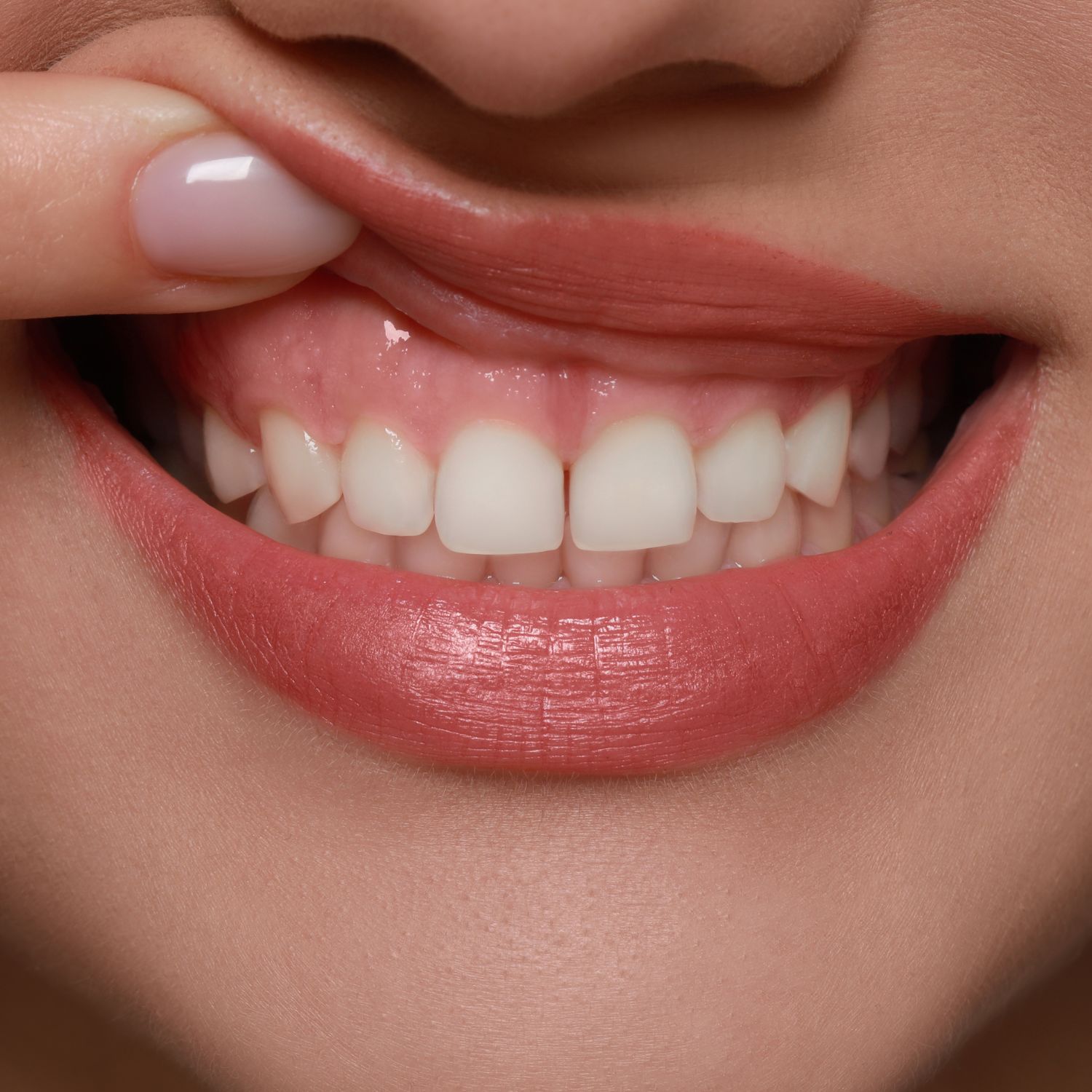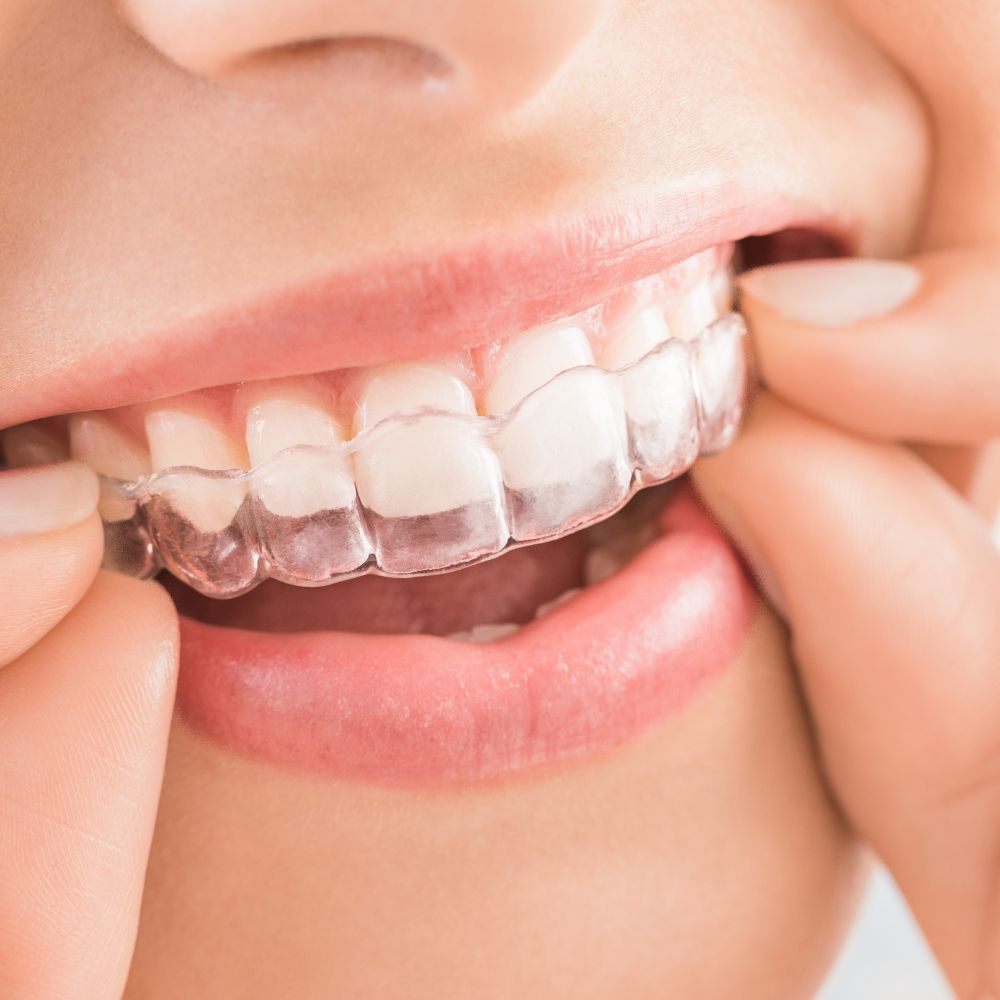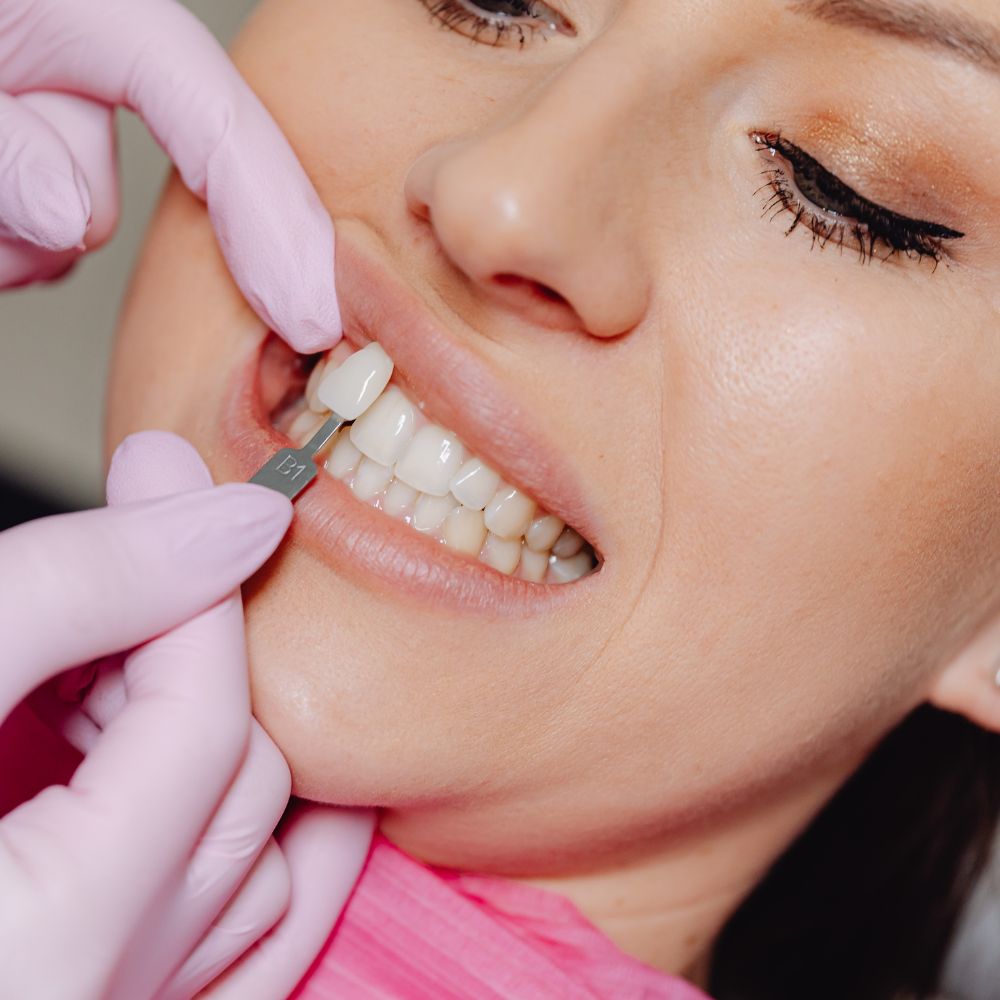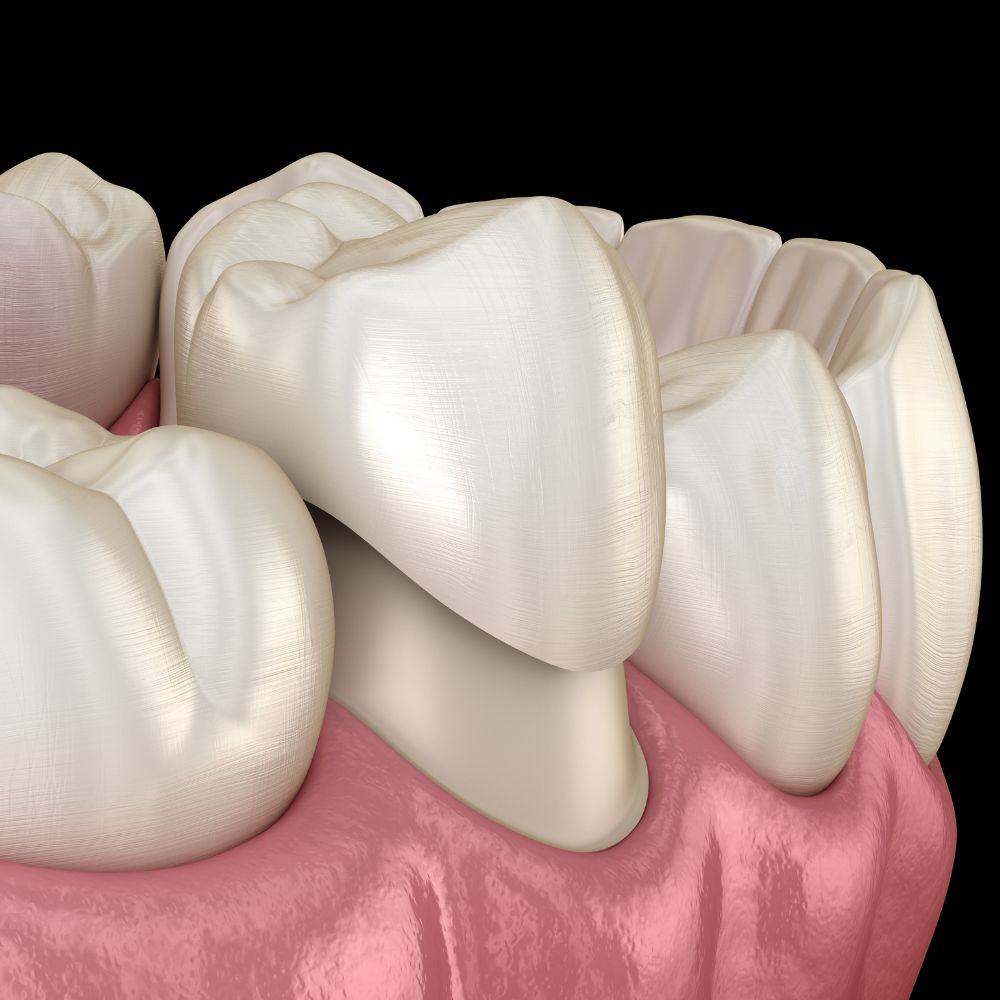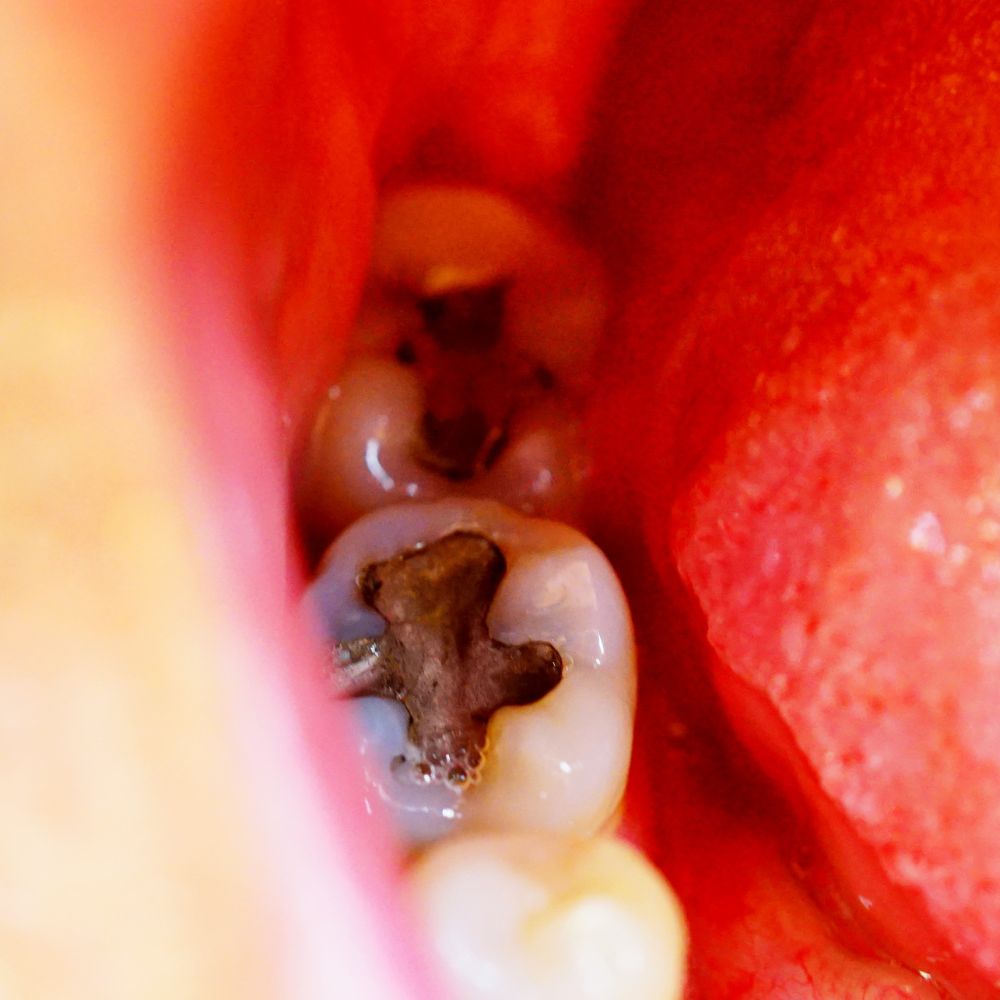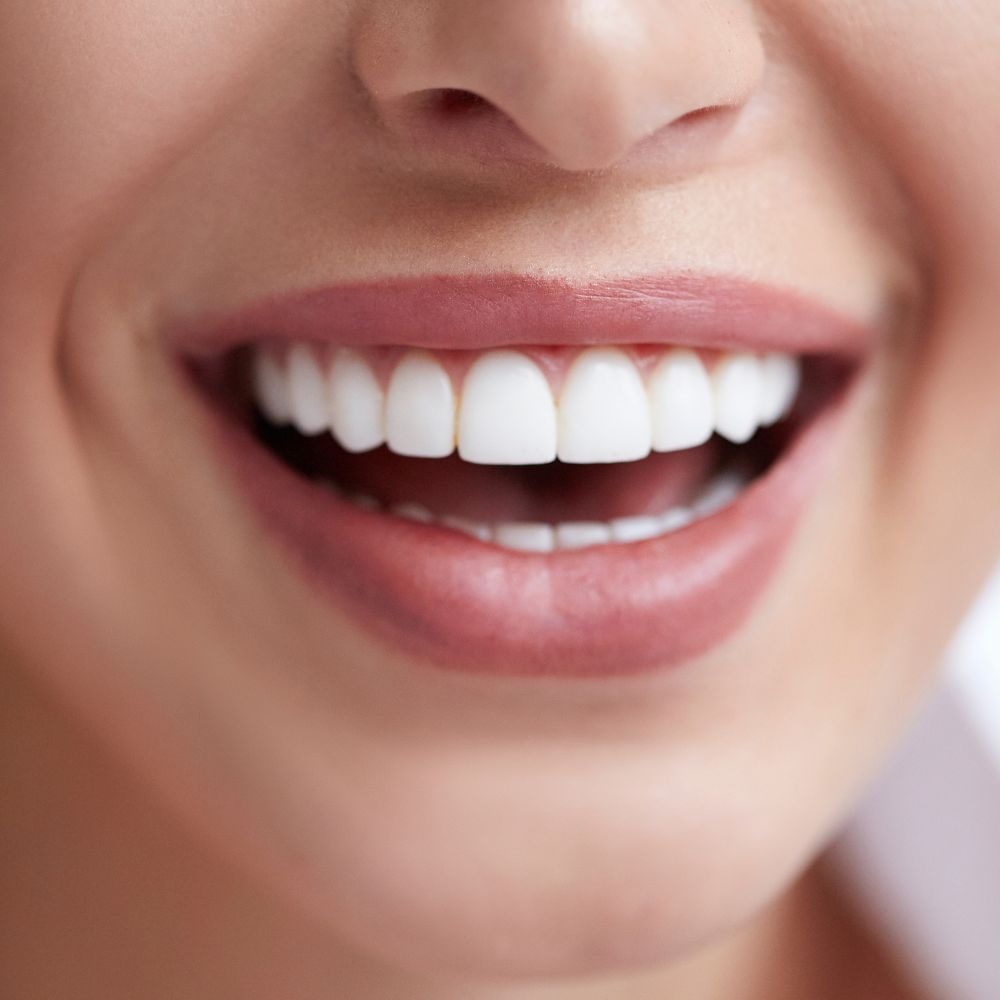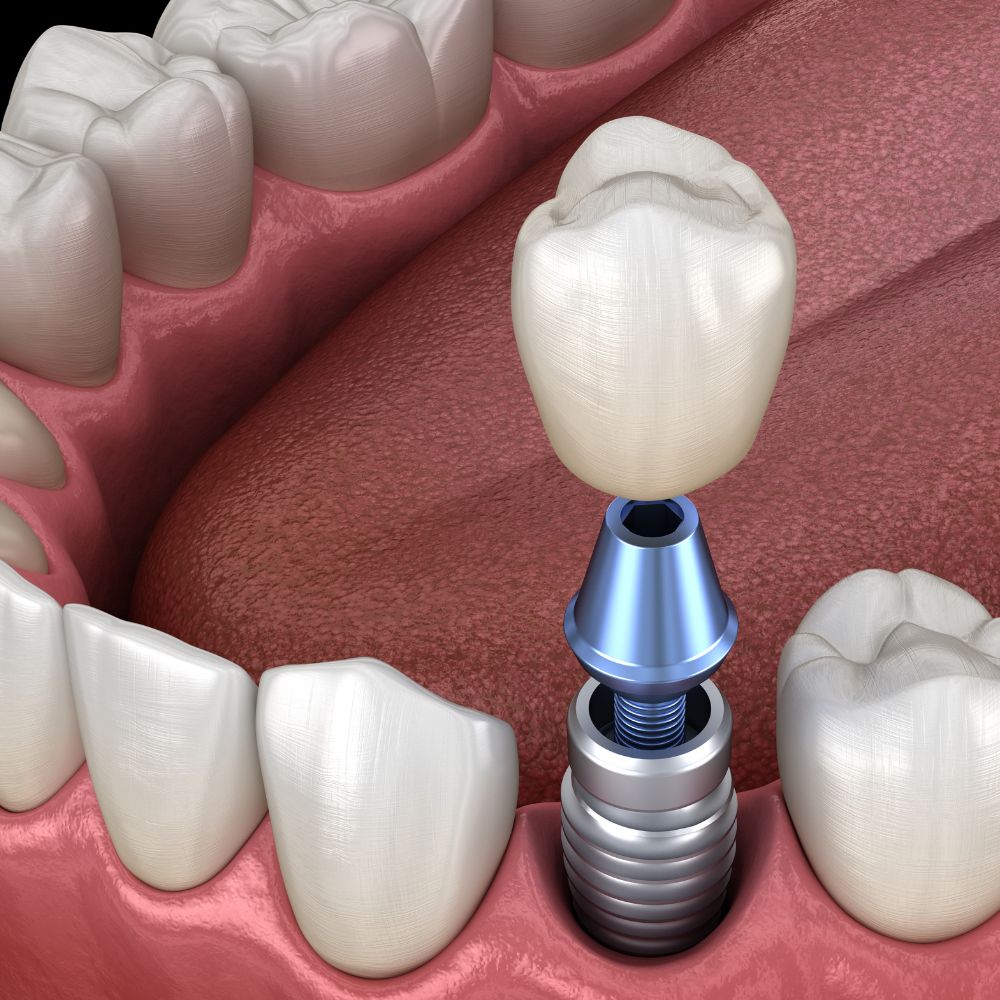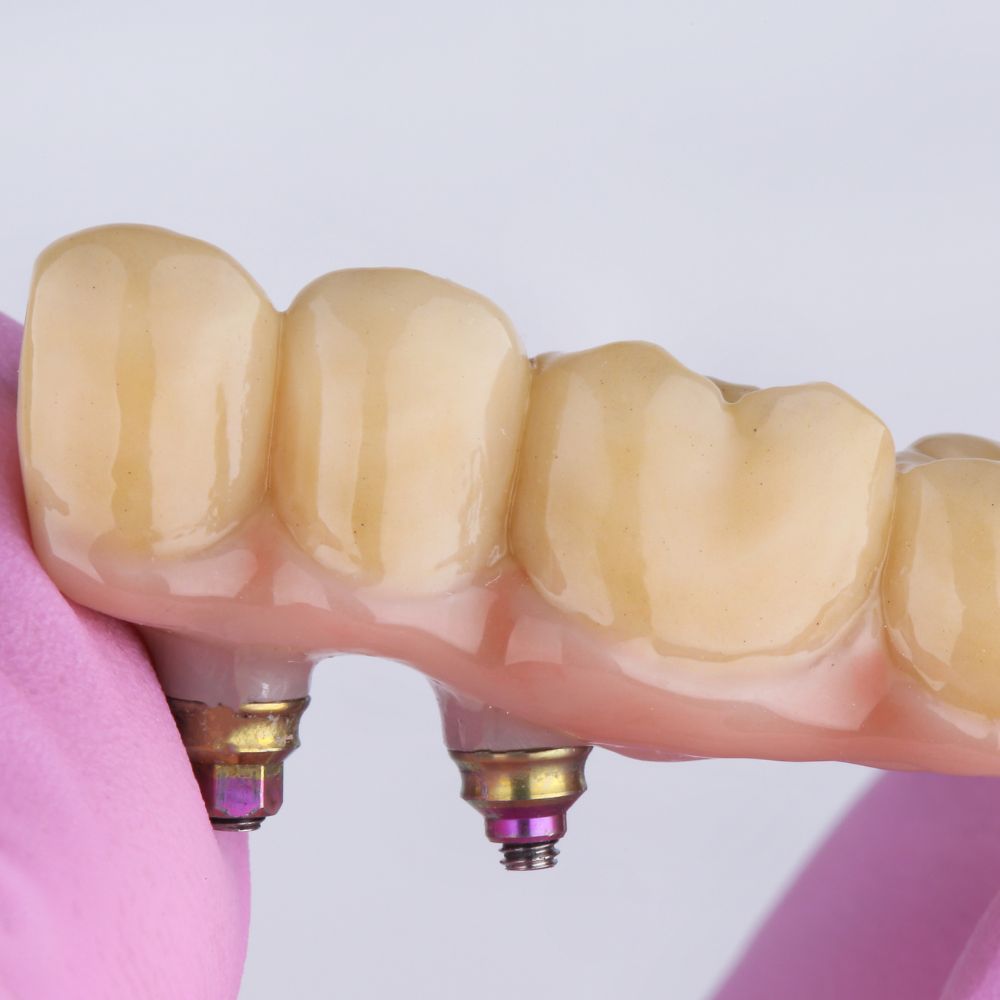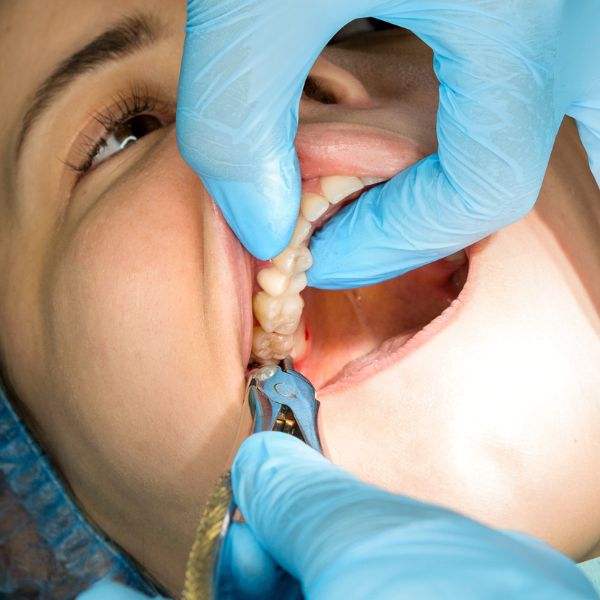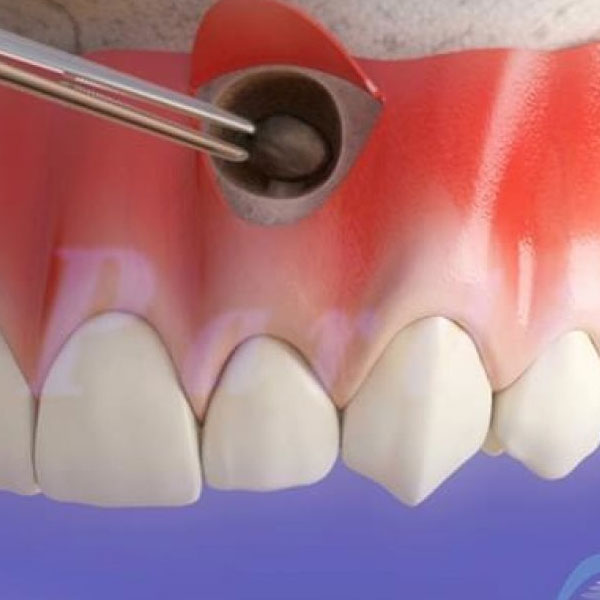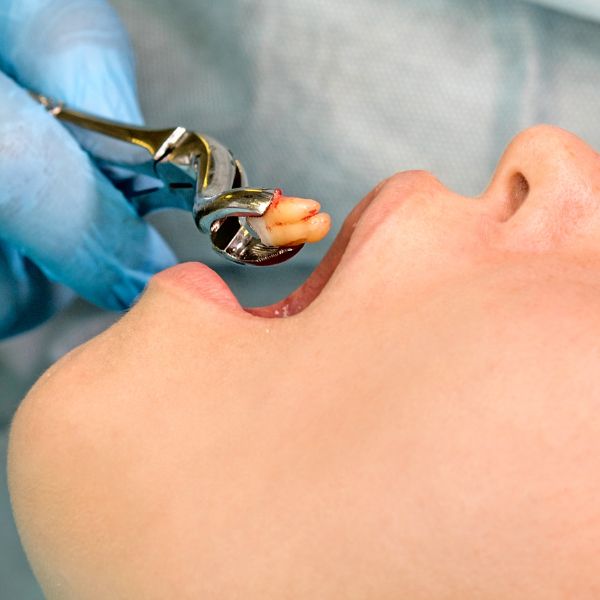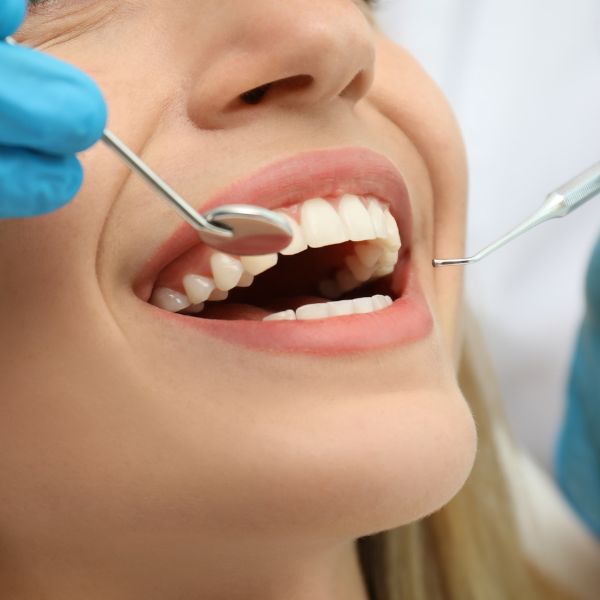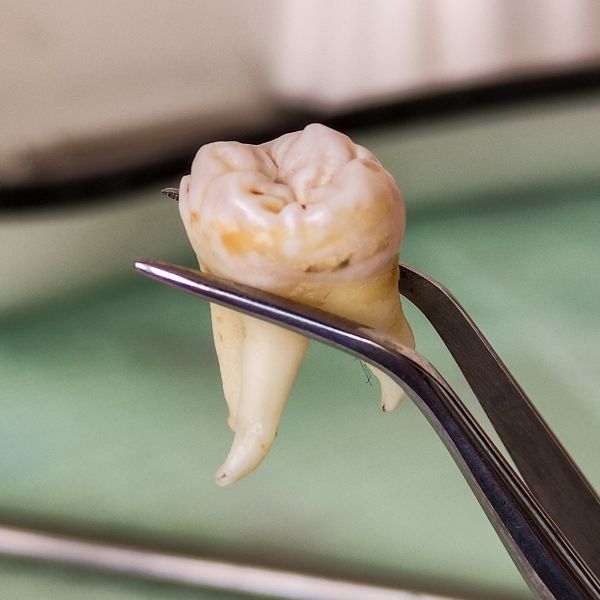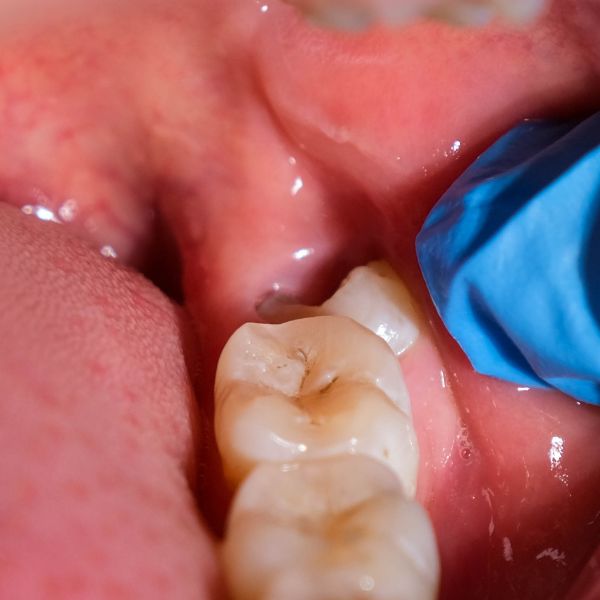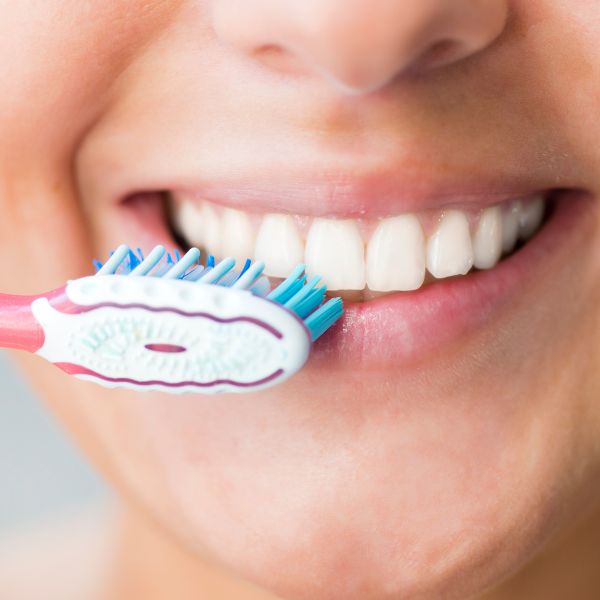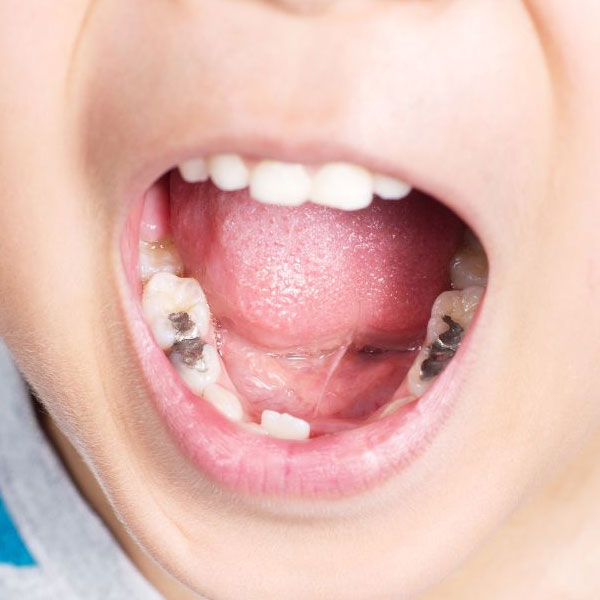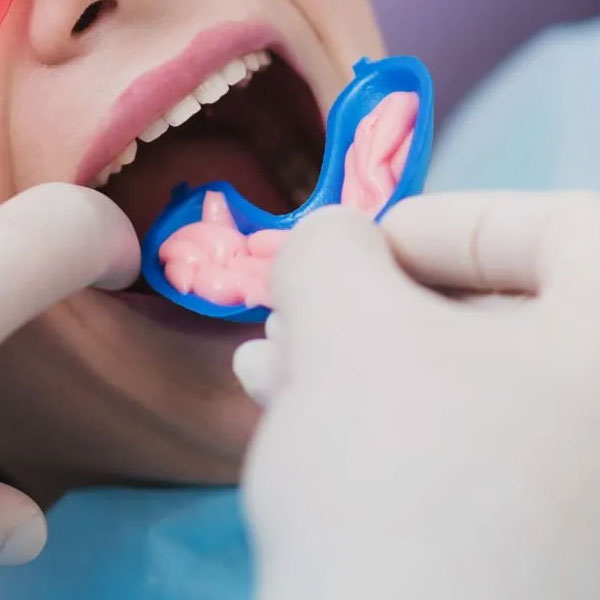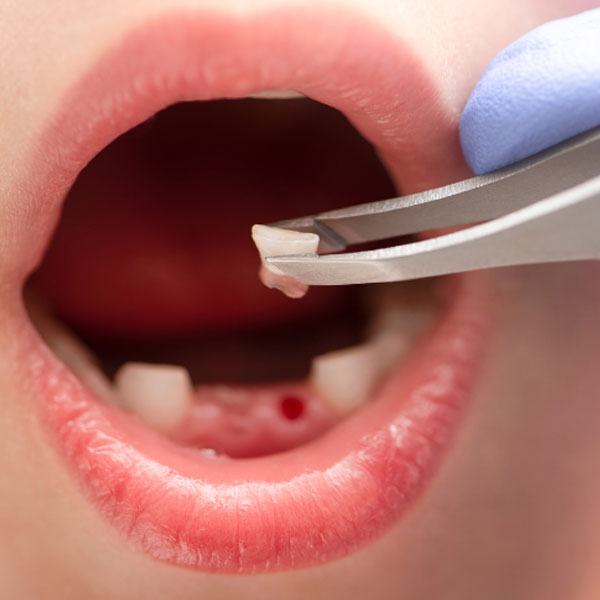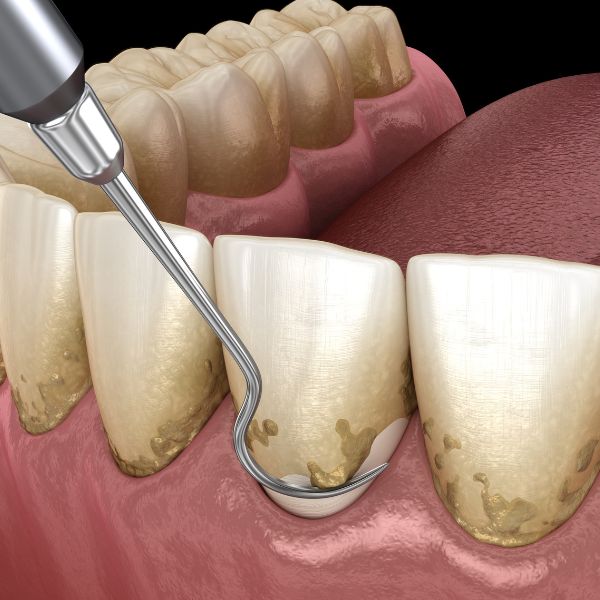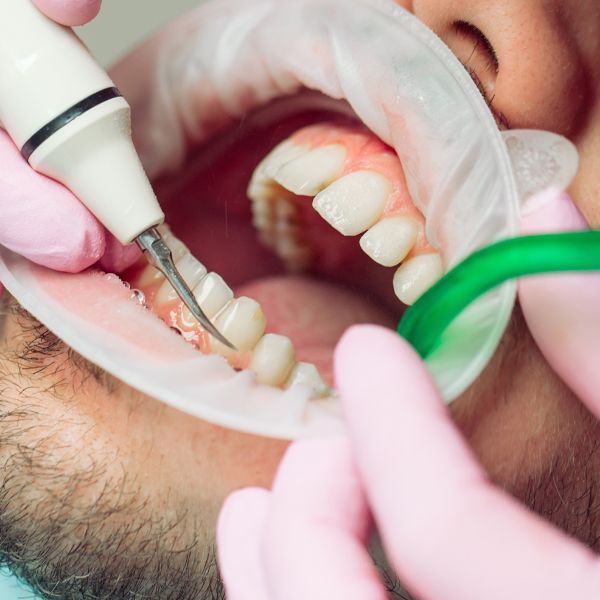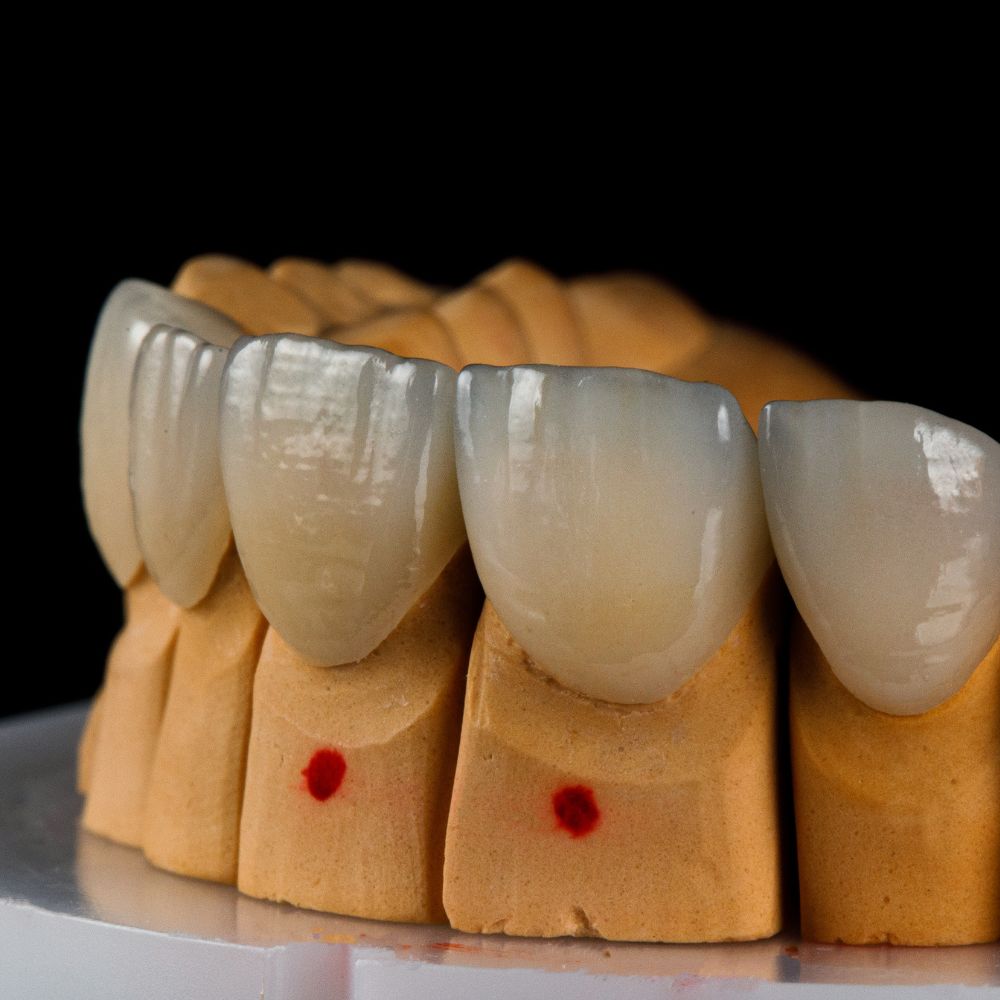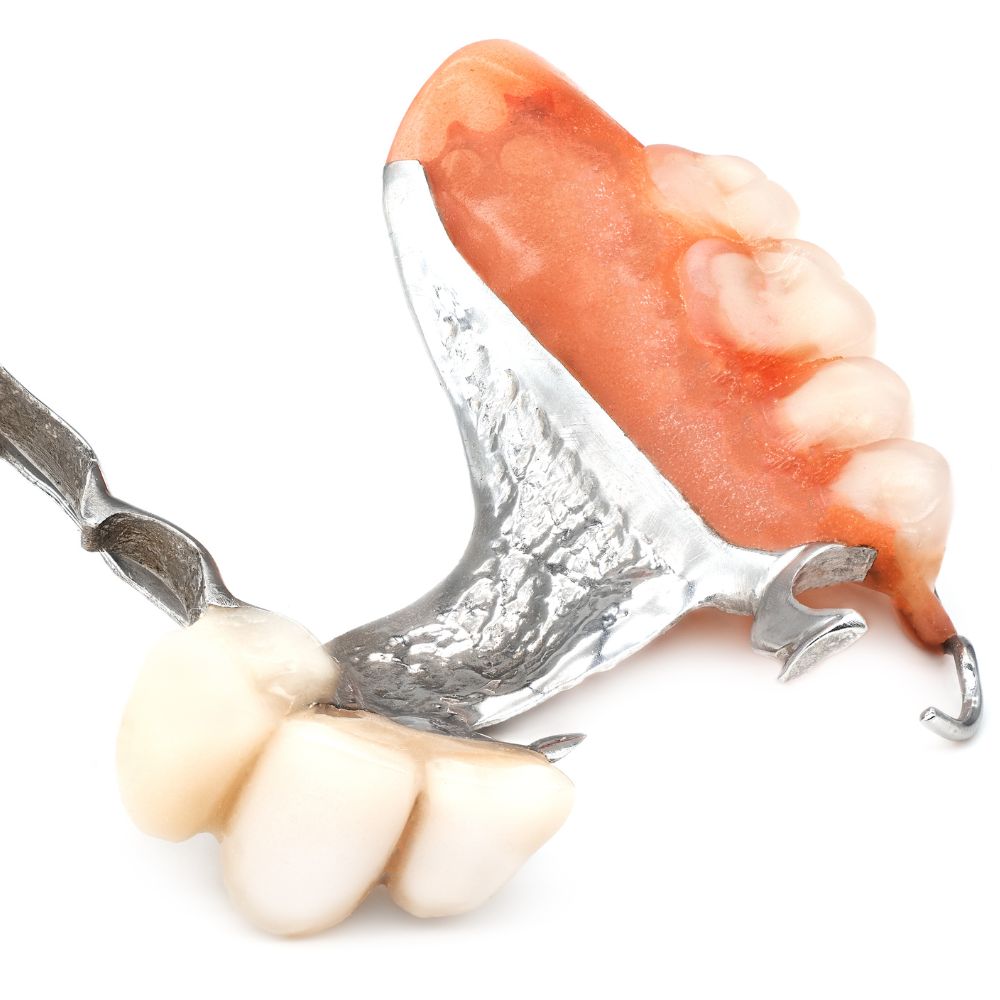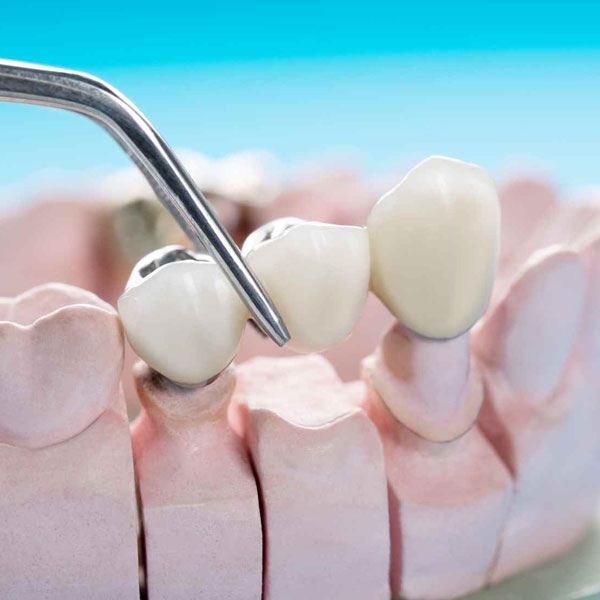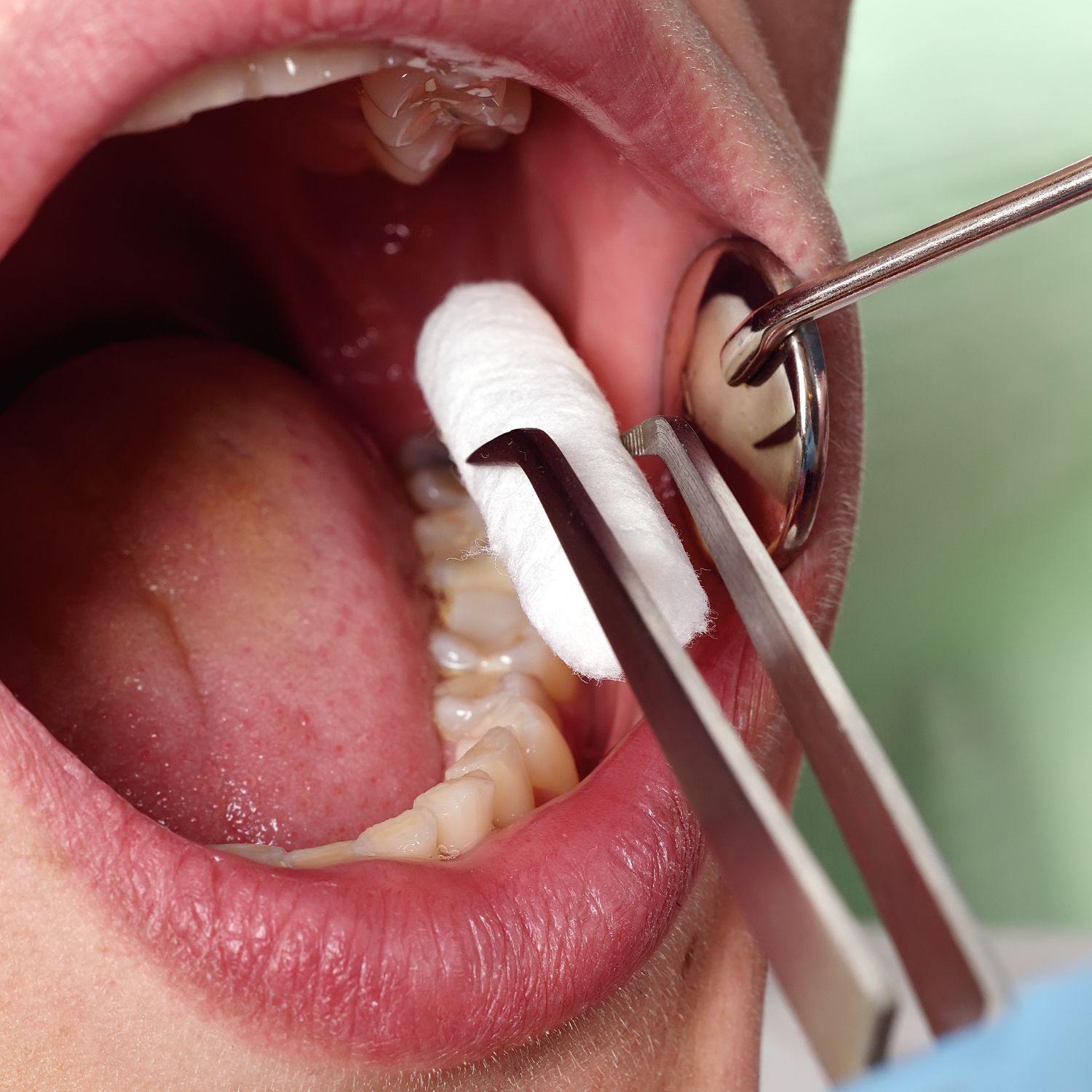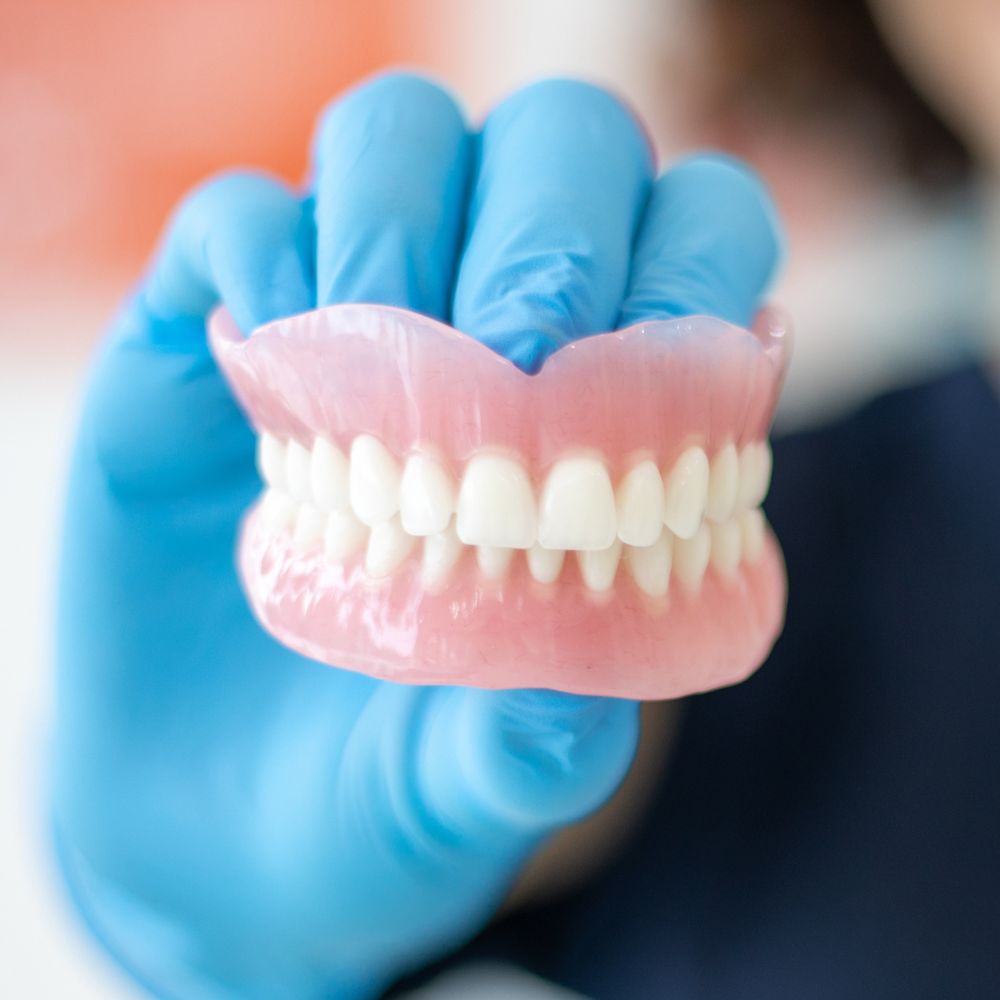Implants
after Export
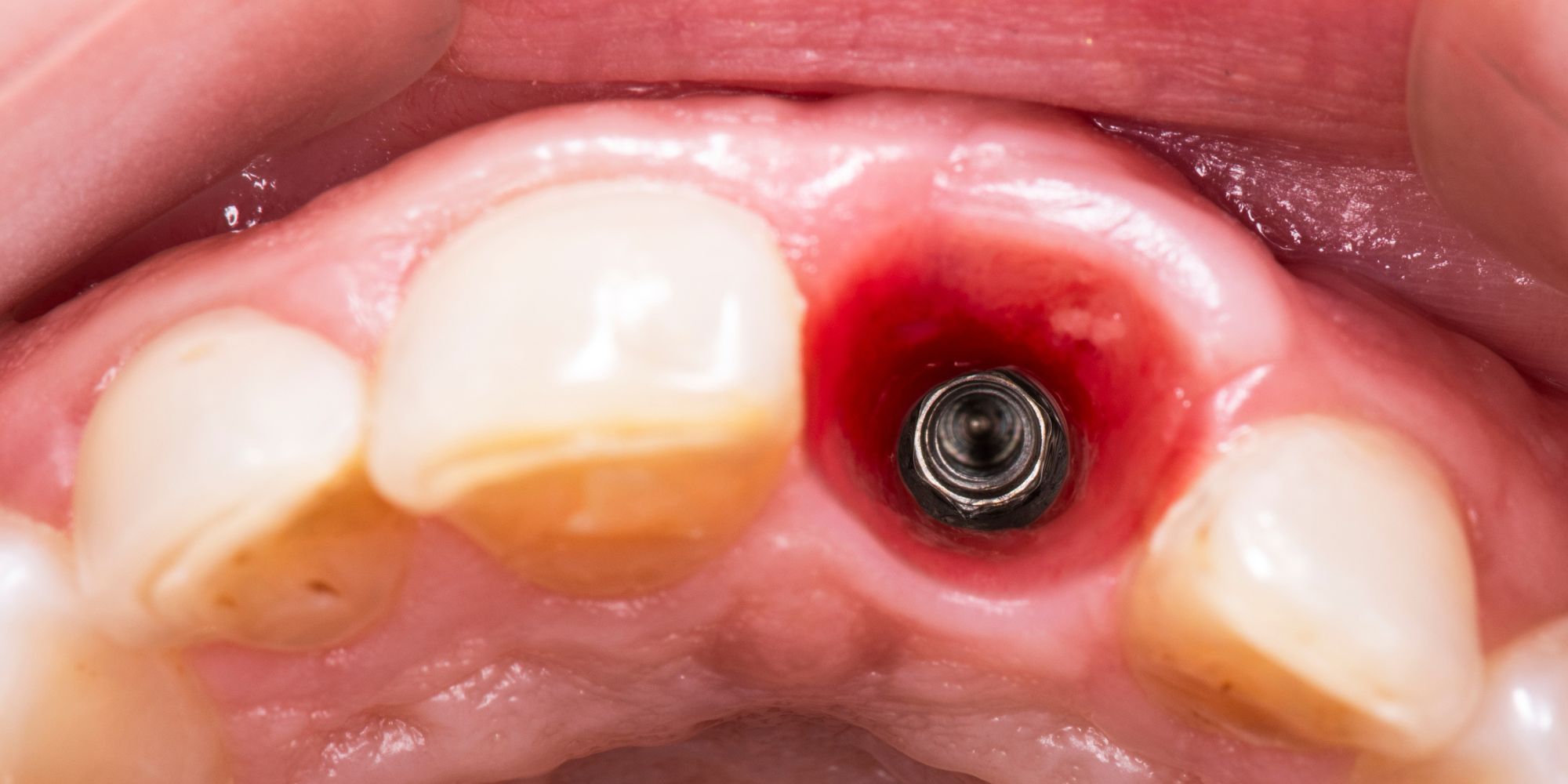
Implants after Extraction
The importance of dental implants after extraction
After teeth are extracted, the space left behind can lead to various problems. It not only affects the aesthetics of your smile, but it can also affect your ability to bite and chew properly. In addition, adjacent teeth may begin to shift, causing misalignment and bite problems. This is where post-extraction dental implants come into play.
Dental implants are artificial tooth roots placed in the jawbone to support replacement teeth. By filling the space left by the extracted tooth, implants provide stability and prevent the surrounding teeth from shifting. They also restore the functionality of the missing tooth, allowing you to enjoy a natural-looking smile and improved oral health.
Post-extraction implants are not only important for functional reasons but also for psychological wellness. A missing tooth can affect a person's self-esteem and confidence. It can make him hesitant to smile or speak in public, affecting his social interactions and overall quality of life. By choosing dental implants after extraction, individuals can regain their lost confidence and enjoy life without worrying about their appearance or dental health.
Understanding the process of dental implants after extraction
The process of placing implants after extraction involves many steps and requires the experience of a specialized dentist. The first step is a thorough examination and evaluation of the patient's oral health. This includes x-rays and scans to assess the condition of the gnathosoma and determine if it is suitable for implant placement. If the jawbone does not have the necessary density or volume, additional procedures, such as bone grafting, may be required to ensure successful implantation.
Once the jawbone is deemed suitable, implant surgery is performed. During this procedure, the dentist will surgically place the implant in the jawbone. This implant acts as the artificial root of the tooth and provides a durable base for the replacement tooth. After the implant is placed, a healing period of several months is required before the implant can fuse with the jawbone through a process called osseointegration.
After the healing period, an abutment is placed on the implant, which serves as a link between the implant and the replacement tooth. Finally, the replacement tooth or crown is custom-made and placed on the abutment, completing the post-extraction dental implant procedure.
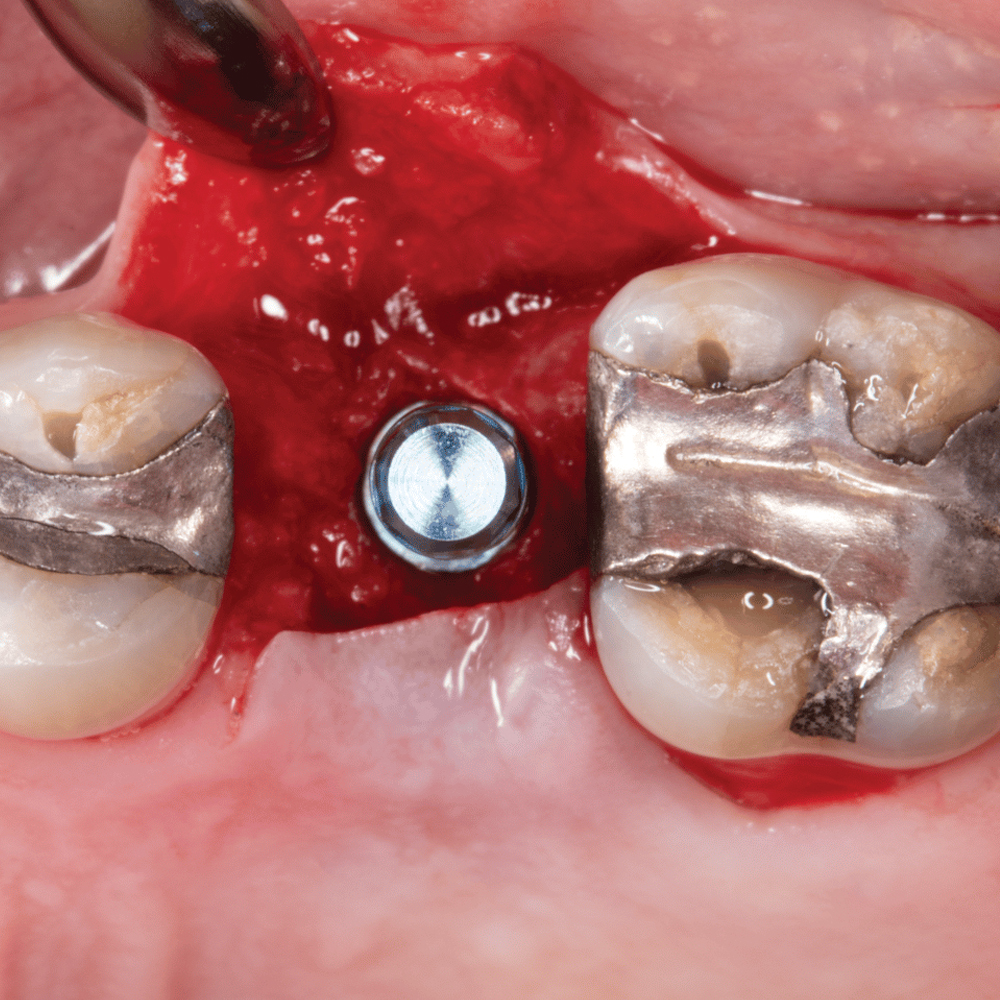
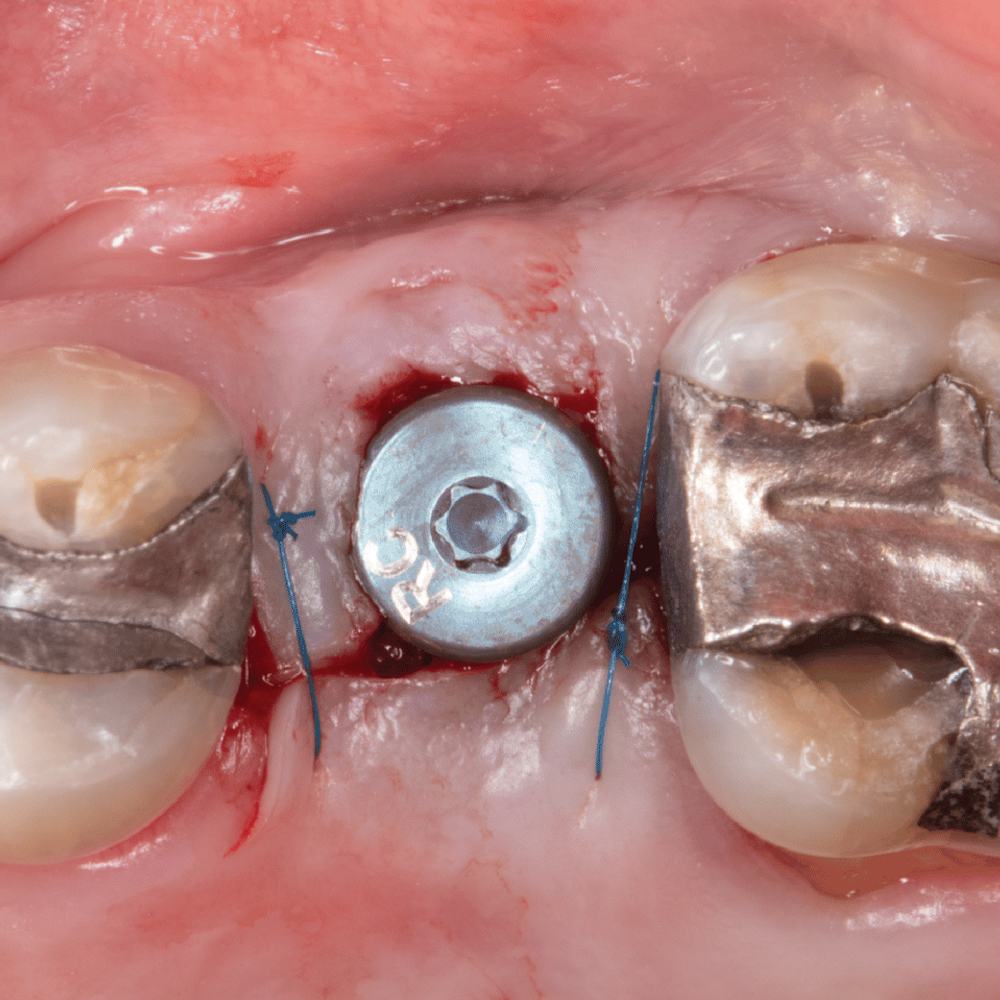
Benefits of implants after extraction
Post-extraction implants offer numerous advantages that make them a preferred choice for tooth replacement. First, they provide a long-term solution. Unlike other tooth replacement options like dentures or bridges, implants are designed to be durable and can last a lifetime with proper care. This makes them a cost-effective solution in the long run.
Second, post-extraction implants look and feel like natural teeth. The replacement tooth or crown is custom made to match the color, shape and size of your existing teeth, ensuring a seamless blend with your natural smile. The stability provided by implants allows for normal chewing and biting, making them indistinguishable from real teeth.
In addition, post-extraction implants maintain the integrity of the gnathosome. When a tooth is extracted, the underlying jawbone can wear down over time due to lack of stimulation. Implants prevent this bone loss by mimicking the function of natural tooth roots, stimulating the jawbone and maintaining its strength and density.
Types of dental implants after extraction
There are different types of post-extraction dental implants, depending on the patient's specific needs and oral health conditions. The most common type are intraosseous implants, which are placed directly into the jawbone. These implants are usually made of titanium and provide a strong base for the replacement tooth.
Another type are subperiosteal implants, which are placed on or above the jawbone, but below the gum line. This type of implant is suitable for patients with a shallow jawbone or those who cannot undergo bone grafting.
Additionally, mini implants are a smaller version of traditional implants and are often used for patients with limited bone structure or in areas where space is limited.
The type of post-extraction dental implant recommended for each individual depends on several factors, including the condition of the gnathosome, overall oral health, and the number and location of missing teeth. Consultation with a dentist is essential to determine the most appropriate type of dental implant for each patient.
Request an appointment
Faq Implants after Extraction
Why are implants necessary after tooth extraction?
One of the most frequently asked questions is why implants are necessary after tooth extraction. When a tooth is removed, whether due to decay, trauma, or other reasons, the underlying bone that supported the tooth begins to wear away. This bone loss can lead to a variety of oral health problems, including displacement of surrounding teeth and changes in facial structure.
Implants serve as a replacement for a missing tooth root and provide stability for a dental restoration, such as a bridge. Mimicking the natural tooth root, implants help prevent bone loss by stimulating the surrounding bone tissue. This not only maintains the integrity of the jawbone but also the health and alignment of the rest of the teeth.
How long does the implantation process take?
The duration of the implantation process may vary depending on the circumstances. In general, the process can take several months. It involves multiple stages, including the initial consultation, placement of the implant, healing and integration of the implant into the jawbone, and finally the attachment of the replacement tooth or bridge. Your dentist will provide you with an individualized treatment plan and schedule based on your specific needs.
Is the implant procedure painful?
The implant procedure is usually performed under local anesthesia, ensuring that you will not feel pain during the procedure. However, some discomfort and swelling can be expected after surgery.
How much do implants cost after extraction?
The cost of dental implants can vary depending on factors such as the number of implants required, the complexity of the case and any additional treatments required. It is best to consult with your dentist to get an accurate estimate based on your own specific situation.
Are dental implants right for everyone?
Most people who have lost a tooth or multiple teeth are good candidates for dental implants. However, certain factors such as general health, jawbone condition and lifestyle habits (eg smoking) can affect the success of the implant procedure. It is important that you undergo a thorough evaluation.
How do I care for dental implants?
Caring for implants is similar to caring for natural teeth. It includes regular brushing, flossing and regular dental checkups. Your dentist may also recommend the use of antibacterial mouthwash or special cleaning tools to maintain optimal oral hygiene.

